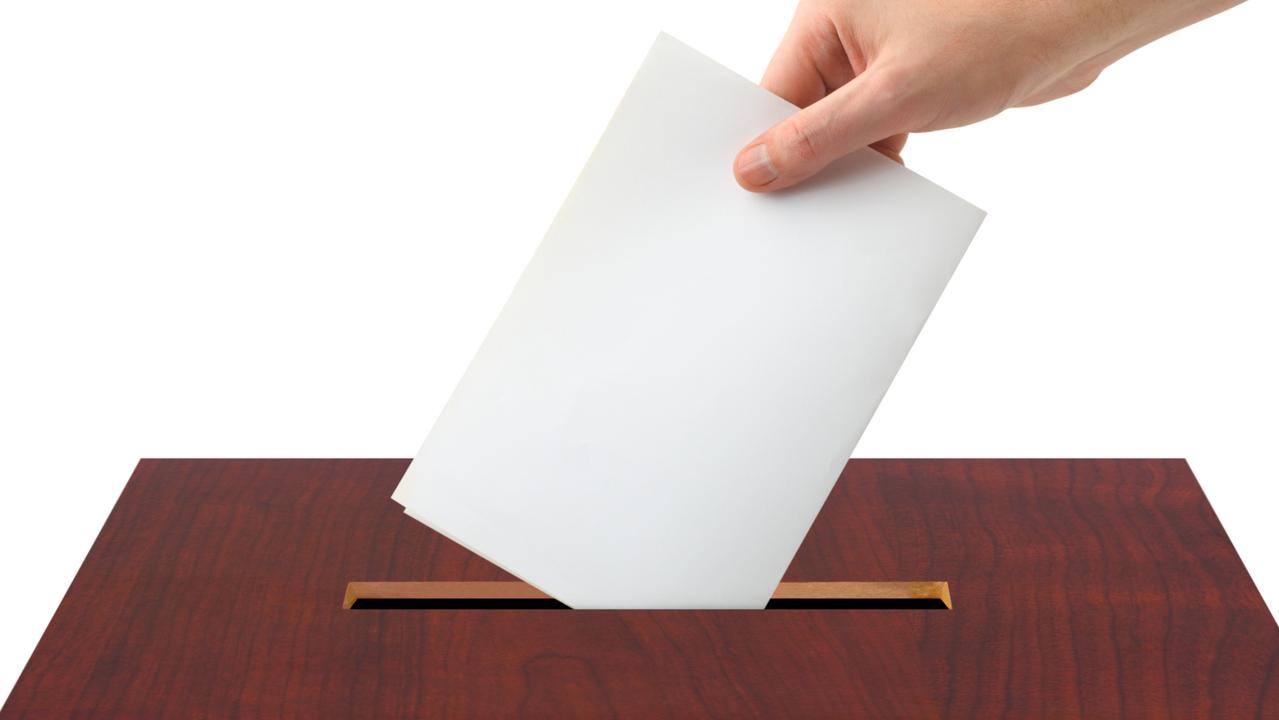Your guide to how the Queensland voting system works
While Australia uses a preferential system to vote, each state runs their elections slightly differently. Here is how Queensland's voting system works.

With the Queensland state election later this month, you may be wondering how it all works.
While all of Australia follows the same system in its broad sense, each state goes about their elections slightly differently.
From how to fill out the ballot paper, what the two-party-preferred system is to whether you vote for a Premier or not, here is a guide on how the Queensland voting system works.
What voting system is used in Queensland?
Queensland, much like the other states, uses the preferential voting system to give rise to the concept of the two-party-preferred vote.
Essentially, the two-party-preferred vote is the total number of votes received by the Labor Party versus the Liberal Party after all preferences have been distributed.
As an absolute majority system, a candidate must gain more than 50 per cent of the vote — which often comes down to counting preferences — to win a seat.
The two-party-preferred numbers are the only valid way to compare electorates and the swing required for them to be won or lost.
All states and territories - aside from the ACT which uses the single transferable vote - use the preferential voting system, however some states such as New South Wales use the optional preferential system in which a voter only indicates their first choice, or the partial preferential where a voter must show a minimum number of preferences.
In Queensland a full preferential voting system is used.
What is full preferential voting?
In a state election you must number all boxes in order of your preference, this is full preferential voting (FPV).
FPV means numbering every box on the ballot paper in your preferred order.
This is done by placing the number one (1) against the name of the candidate of first choice, and to give contingent votes for all the remaining candidates in order of preference by the consecutive numbers 2, 3, 4 and so on.
Do I vote for a Premier?
No, in Queensland you vote for a political party.
There are 93 state electorates in Queensland. Voters in each district will choose one candidate to represent them in state parliament.
Has Queensland always used preferential voting?
The Sunshine State did not always have the preferential voting system in place, and in 1860, Queensland’s first election involved the past the post voting system.
This meant the voter cast a single vote for the candidate of their choice - the candidate who received the most votes was elected.
In 1892, because of the increasing Labor vote, the preferential voting system was introduced in which optional preferential voting was used.
When, in 1942, splinter group preferences threatened the Labor Government’s hold on power, the system was converted back to the original simple majority method.
In 1962, preferential voting was brought back which, at that time, brought Queensland into line with the Federal system and the other states and lasted up until the 1992 election, when, after a review by and recommendations from the Electoral and Administrative Review Commission (EARC), optional preferential voting was reintroduced.
In 2016, full preferential voting for state elections came into effect.
How are the votes counted?
The votes are collected and counted by the Electoral Commission Queensland.
The first step is checking each vote is formal by ensuring all the boxes are properly numbered on the ballot paper.
Polling officials then count first preferences given by voters, this is called the primary count.
If no candidate receives an absolute majority (more than 50 per cent of the total first preference votes) after all valid votes have been admitted to the count, then subsequent preferences have to be distributed.
If this occurs, the person with the lowest number of first preference votes is eliminated from the count and their second preferences are allocated to the remaining candidates.
From there, the next person with the lowest number of votes is eliminated and their preferences are distributed.
This process of elimination continues until just two candidates remain and one has the majority of votes.
Once the result is clear, the Commission declares the successful candidate.
What is pre-polling telling us?
Every poll since last year has shown the LNP leading Labor on a two-party-preferred basis.
The Opposition needs to win 12 seats for a majority.
According to polling, Labor’s biggest problem is their low primary vote across the state.
Queensland has largely been run by a Labor government for the past 25-years, with Campbell Newman the only LNP leader in that time.



